The landscape of home goods retail is undergoing a significant transformation, driven by evolving consumer preferences, technological advancements, and shifts in lifestyle. Stores that offer furniture, decor, kitchenware, and other household items are adapting their strategies to remain competitive and relevant. These changes are evident in everything from their online presence to their in-store experiences and the types of products they emphasize. Understanding these new priorities provides insight into the future of how we shop for our homes.
1. Enhanced Online Shopping Experiences

One of the most significant shifts in home goods retail is the increased focus on creating seamless and engaging online shopping experiences. Retailers are investing heavily in user-friendly websites, high-quality product photography, and detailed descriptions to replicate the in-store browsing experience online. According to a report by eMarketer, e-commerce sales for home furnishings have seen substantial growth in recent years, indicating a strong consumer demand for online options. This priority reflects the broader trend of consumers increasingly turning to the internet for their purchasing needs.
Many home goods stores are also incorporating augmented reality (AR) features that allow customers to visualize how furniture and decor items would look in their own homes before making a purchase. This technology helps bridge the gap between the online and offline shopping experiences, increasing consumer confidence. Furthermore, retailers are optimizing their websites for mobile devices to cater to on-the-go shoppers. The integration of these digital tools is becoming crucial for success in the modern home goods market.
2. Curated and Inspiring Merchandising
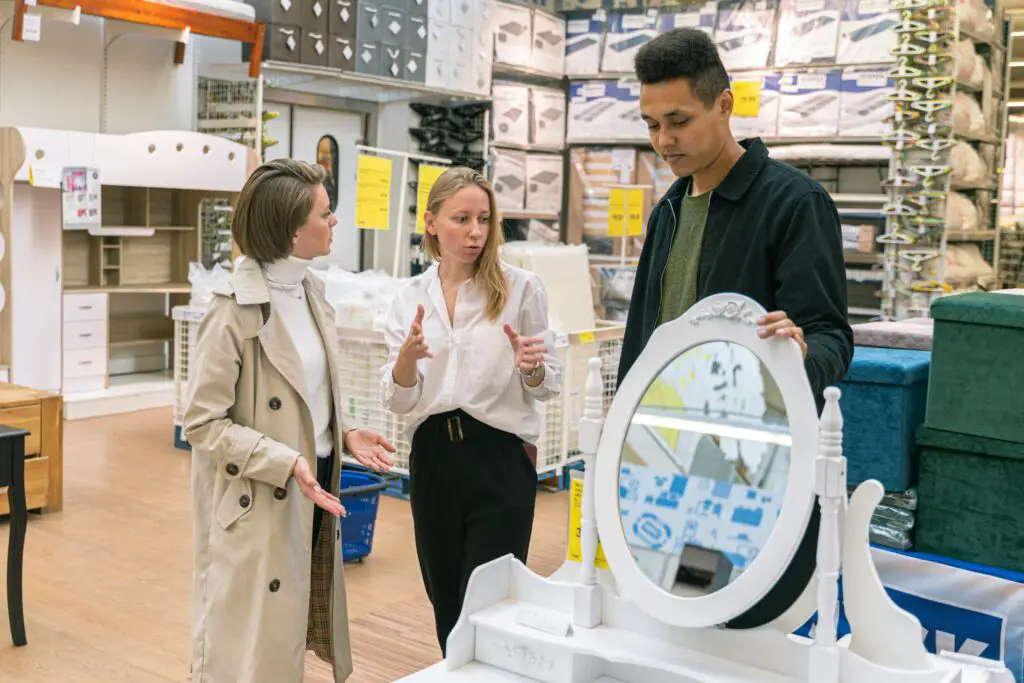
Home goods retailers are moving away from simply displaying products and are instead focusing on creating curated and inspiring merchandising displays. These setups often showcase entire room vignettes, allowing customers to envision how different items can work together in a cohesive style. According to Lightspeed, well-designed displays can significantly influence purchasing decisions and create a more engaging shopping environment. This approach aims to provide inspiration and solutions for home decorating.
By creating lifestyle displays, retailers can tell a story and connect with consumers on an emotional level. These carefully arranged vignettes often reflect current design trends and cater to specific aesthetic preferences. This move towards curated merchandising transforms the shopping experience from a mere transaction to a source of ideas and inspiration for home improvement projects. The goal is to make the store feel less like a warehouse and more like a showroom of possibilities.
3. Emphasis on Sustainability and Eco-Friendly Products
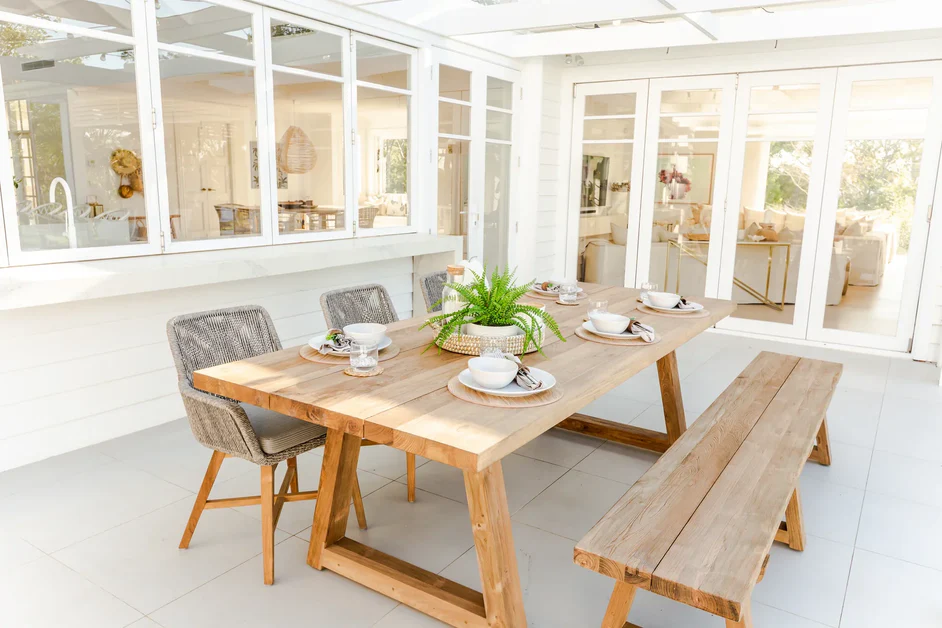
Consumers are increasingly conscious of the environmental impact of their purchases, and home goods retailers are responding by prioritizing sustainability and offering more eco-friendly products. This includes items made from recycled materials, sustainably sourced wood, and organic textiles. According to a survey by the National Retail Federation, a growing number of consumers consider sustainability when making purchasing decisions. This priority reflects a broader societal shift towards environmental responsibility.
Retailers are also highlighting their efforts to reduce their own environmental footprint through initiatives like sustainable packaging and energy-efficient store operations. Transparency regarding the sourcing and production of their goods is becoming increasingly important to environmentally aware consumers. This emphasis on sustainability not only appeals to a growing market segment but also aligns with broader ethical considerations in the retail industry. Offering eco-friendly options is becoming a key differentiator for home goods stores.
4. Personalized Shopping Experiences
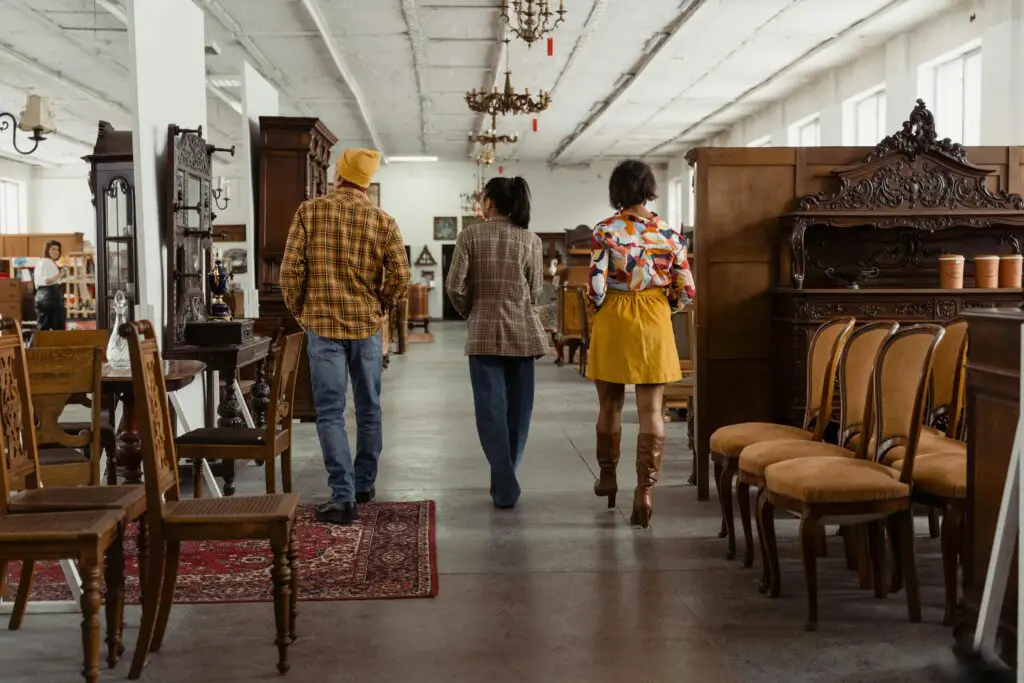
Home goods retailers are leveraging data and technology to offer more personalized shopping experiences. This includes tailored product recommendations based on past purchases and browsing history, as well as personalized email marketing campaigns. According to Forbes, personalization can significantly improve customer engagement and drive sales. This priority aims to create a more relevant and convenient shopping journey for individual consumers.
Some retailers are also offering virtual consultations with design experts to provide personalized advice and recommendations. These services can help customers navigate the often overwhelming array of home goods and make informed decisions. Loyalty programs that offer exclusive discounts and early access to new products are another way retailers are personalizing the shopping experience and fostering customer retention. The goal is to make each customer feel understood and valued.
5. Integration of Technology In-Store

While online shopping is crucial, home goods retailers are also integrating technology into their physical stores to enhance the in-person shopping experience. This includes interactive kiosks that provide product information and allow customers to browse online inventory, as well as mobile apps that offer in-store navigation and special offers. According to research by Retail Dive, technology integration can improve customer engagement and streamline the shopping process. This priority aims to create a more modern and convenient in-store environment.
Some stores are also using digital displays to showcase room vignettes and provide design inspiration. These interactive elements can help customers visualize how products might look in their homes. Mobile checkout options are also being implemented to reduce wait times and create a more seamless purchasing experience. The integration of technology aims to blend the convenience of online shopping with the tactile experience of browsing in a physical store.
6. Focus on Home Office and Organization Solutions
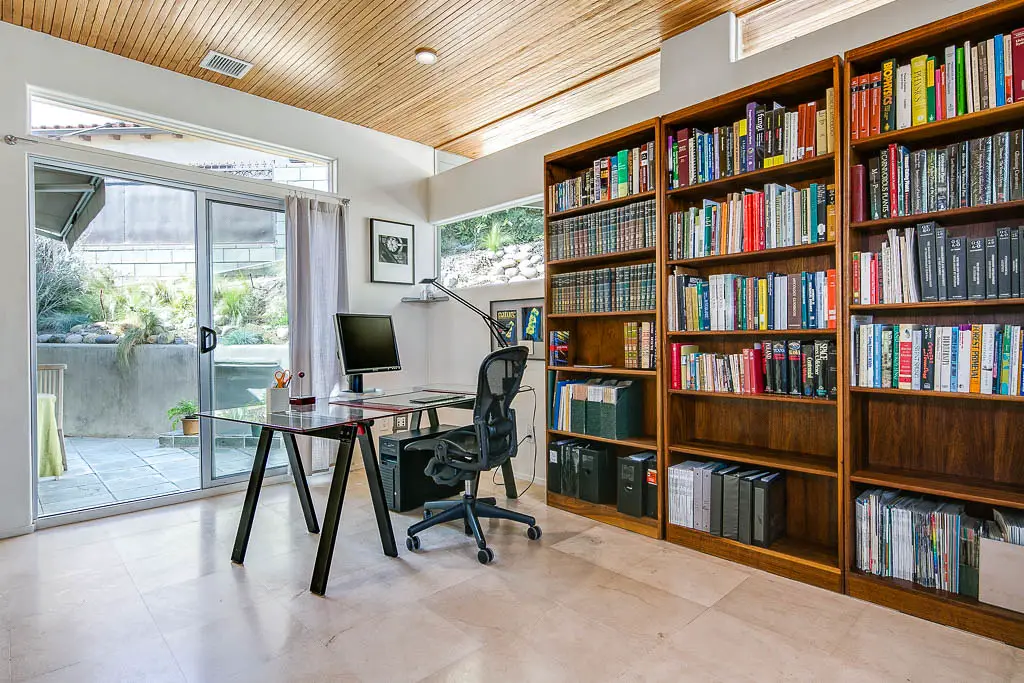
The shift towards remote work has created a greater demand for home office furniture and organization solutions. Home goods retailers are responding by dedicating more space and offering a wider variety of desks, chairs, storage units, and accessories designed for home workspaces. This priority reflects the evolving needs of a significant portion of the workforce. Providing functional and stylish home office options is becoming increasingly important.
Retailers are also showcasing complete home office setups to inspire customers and provide solutions for creating productive and comfortable work-from-home environments. The emphasis is not just on individual furniture pieces but on creating functional and aesthetically pleasing workspaces. This trend reflects the long-term impact of remote work on consumer needs and home design priorities.
7. Expansion of Outdoor Living and Entertaining Collections
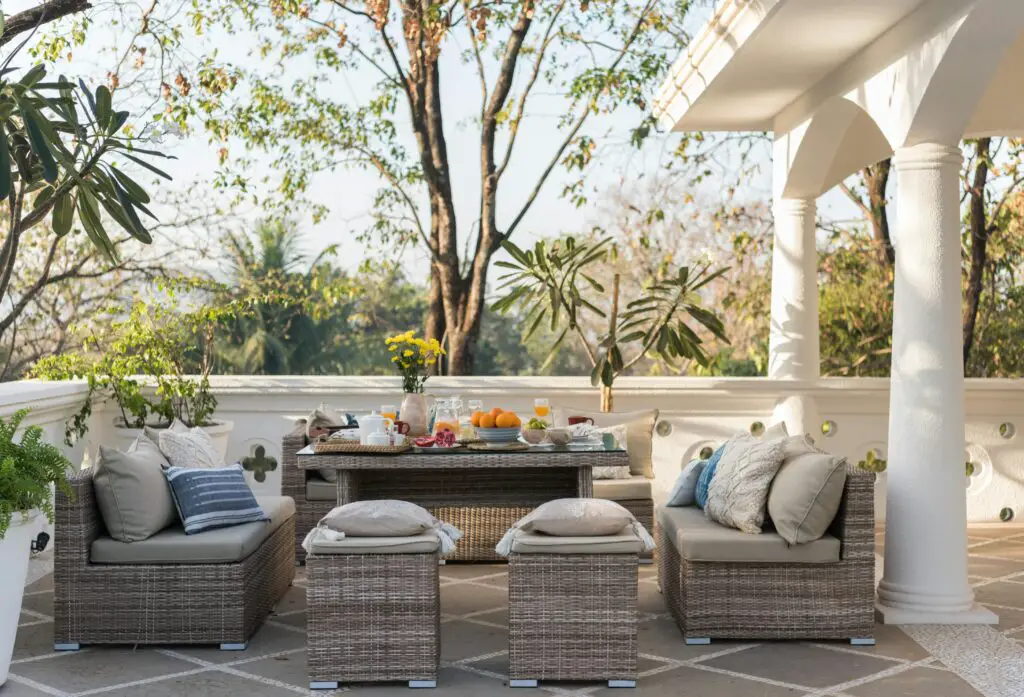
With a greater emphasis on outdoor living, home goods retailers are expanding their collections of patio furniture, outdoor decor, grilling equipment, and entertaining essentials. Consumers are increasingly investing in creating comfortable and stylish outdoor spaces for relaxation and social gatherings. This priority reflects a growing appreciation for outdoor living and entertaining at home. Offering a wide range of options for outdoor spaces is becoming a key focus.
Retailers are creating inspiring outdoor vignettes in their stores to showcase how different products can transform patios, decks, and gardens into inviting living areas. The selection often includes durable and weather-resistant materials designed for outdoor use. This trend reflects a lifestyle shift towards maximizing the enjoyment of outdoor spaces as an extension of the home.
8. Emphasis on Multi-Functional and Space-Saving Furniture

With increasing urbanization and smaller living spaces, there is a growing demand for multi-functional and space-saving furniture. Home goods retailers are prioritizing items like sofa beds, storage ottomans, and nesting tables that serve multiple purposes. This priority addresses the needs of consumers living in apartments or smaller homes. Offering versatile furniture solutions is becoming increasingly important.
Retailers are showcasing how these multi-functional pieces can maximize space and provide flexible living arrangements. The focus is on smart design that combines style with practicality. This trend reflects the challenges of modern living and the desire for furniture that adapts to different needs and spaces.
9. Curated Collections Catering to Specific Lifestyles
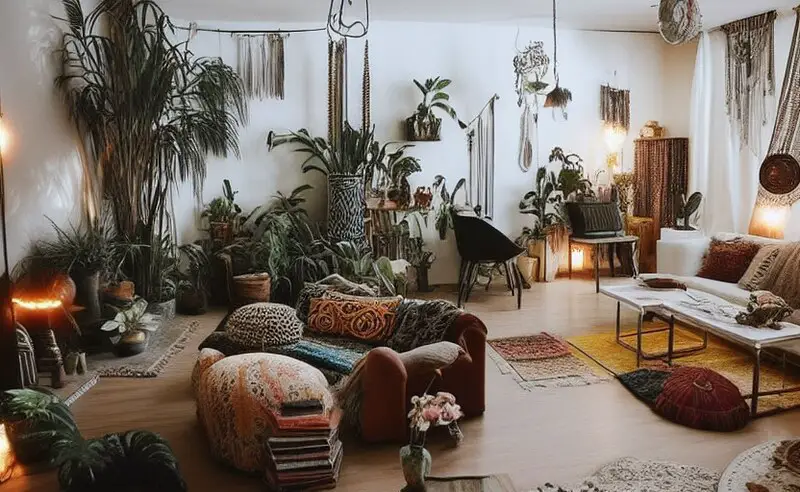
Instead of offering a broad and undifferentiated assortment, some home goods retailers are focusing on curating collections that cater to specific lifestyles or design aesthetics. This might include collections for minimalist living, bohemian style, or farmhouse chic. This priority aims to appeal to consumers with distinct tastes and preferences. Offering targeted collections can create a stronger connection with specific customer segments.
By creating these curated collections, retailers can simplify the shopping process for consumers who know their preferred style. The merchandising and marketing for these collections often tell a cohesive story and resonate with a specific target audience. This trend reflects a move towards more niche marketing and a deeper understanding of different consumer segments.
10. Focus on Home Improvement and DIY Projects
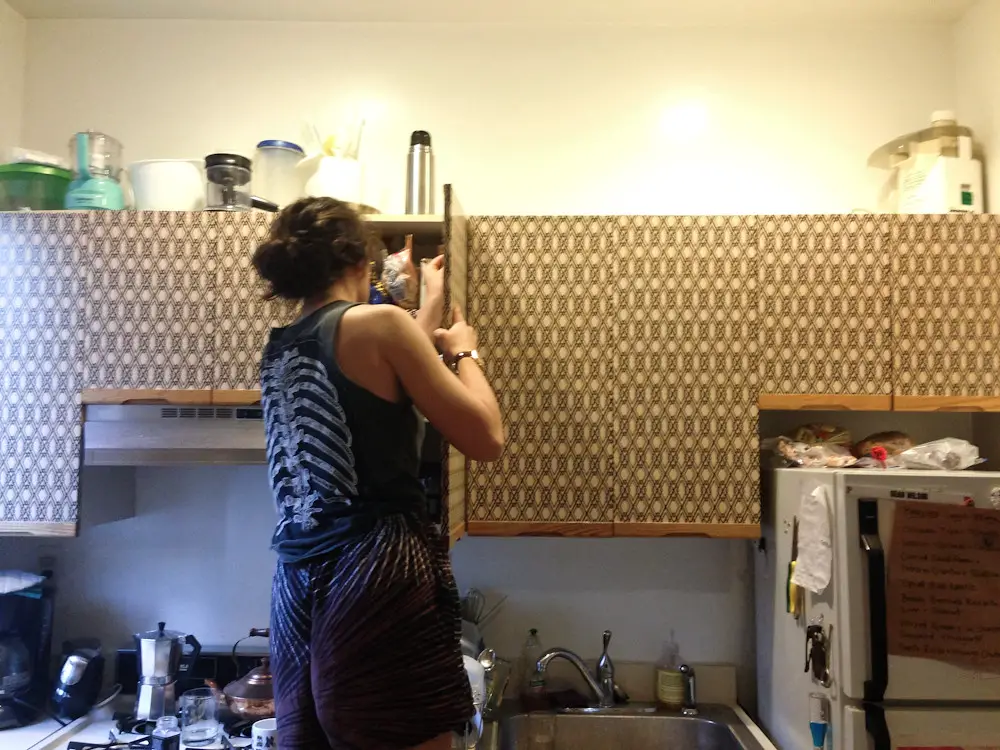
Recognizing the ongoing interest in home improvement and DIY projects, some home goods retailers are expanding their offerings of tools, hardware, and project supplies. This allows them to capture a broader share of the home-related spending. This priority caters to the growing number of homeowners undertaking their own renovations and repairs. Offering a wider range of home improvement essentials can attract a new customer base.
Retailers are also providing resources like online tutorials and in-store workshops to support DIY enthusiasts. This educational content adds value to the shopping experience and positions the store as a helpful resource for home improvement projects. This trend reflects the empowerment of homeowners to take on more projects themselves.
11. Integration of Smart Home Technology
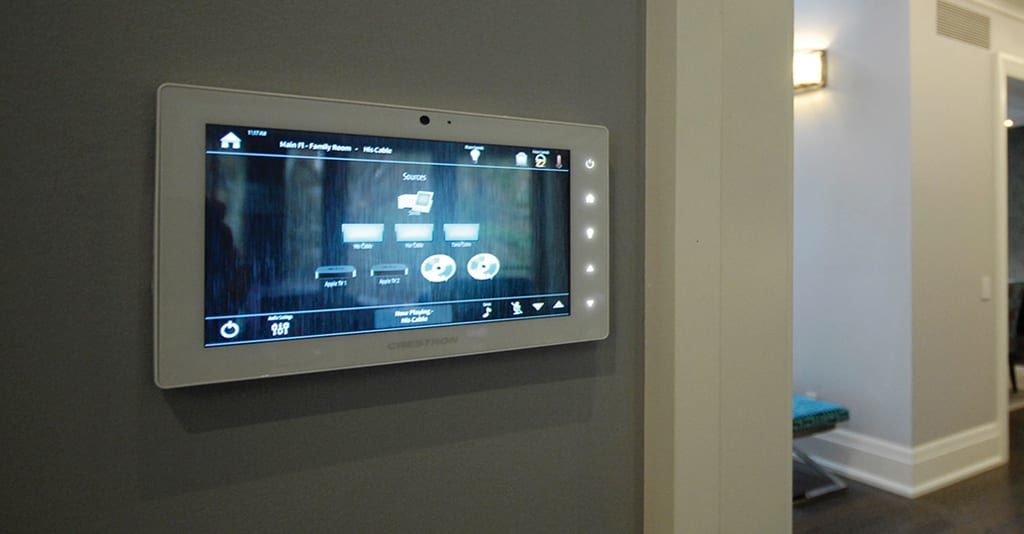
The increasing adoption of smart home technology is influencing the offerings of home goods retailers. Many stores are now featuring a wider selection of smart lighting, thermostats, security systems, and other connected devices. This priority reflects the growing demand for technology-integrated homes. Offering a range of smart home products is becoming essential for staying current.
Retailers are creating interactive displays that allow customers to experience how these smart home devices work. This hands-on approach can help demystify the technology and encourage adoption. The integration of smart home products is transforming how consumers interact with their living spaces.
12. Emphasis on Comfort and Wellness in Home Design
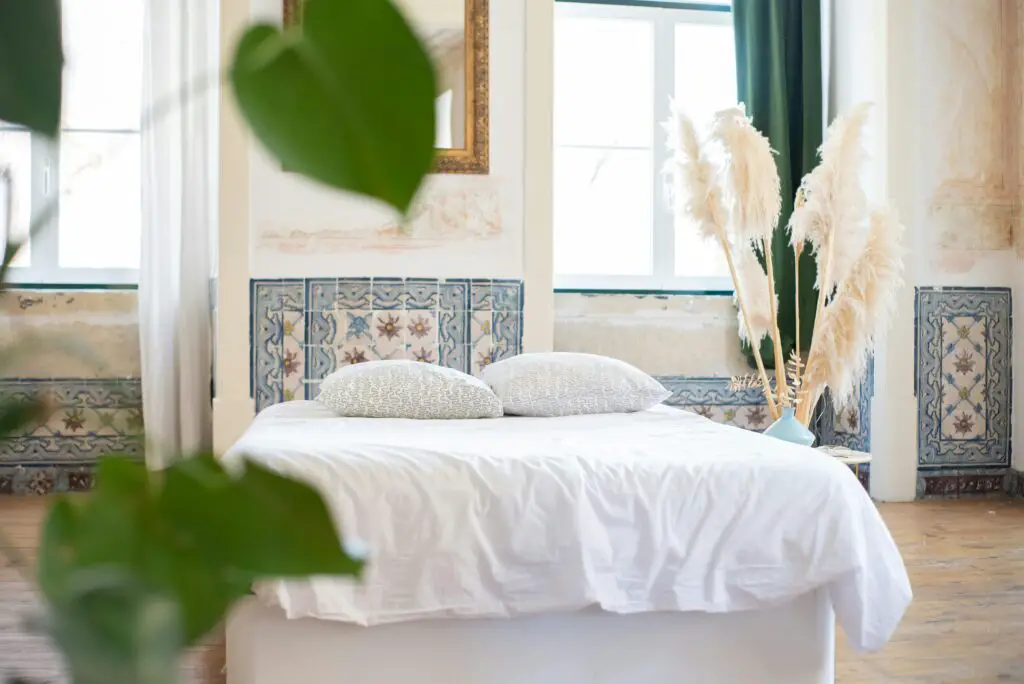
There is a growing focus on creating homes that promote comfort and wellness, and home goods retailers are reflecting this trend in their product selections. This includes items like ergonomic seating, natural bedding, air purifiers, and products designed to enhance relaxation and well-being. This priority reflects a greater awareness of the impact of our living environment on our health and happiness. Offering products that support comfort and wellness is becoming increasingly important.
Retailers are highlighting the health and lifestyle benefits of these products, appealing to consumers who prioritize well-being. The merchandising often emphasizes the sensory experience and the creation of a calming and restorative home environment. This trend reflects a holistic approach to home design that goes beyond aesthetics.
13. Leveraging Social Media and Influencer Marketing

Home goods retailers are increasingly leveraging social media platforms and collaborating with influencers to reach a wider audience and drive sales. Platforms like Instagram and Pinterest are visual mediums that are well-suited for showcasing home decor and design ideas. According to marketing studies, influencer collaborations can be highly effective in reaching target demographics and building brand awareness. This priority reflects the growing importance of digital marketing in the retail landscape.
Retailers are partnering with home design influencers to create sponsored content, showcasing their products in real-life settings and providing styling tips. This peer-to-peer marketing can be more persuasive than traditional advertising. The use of social media also allows for direct engagement with customers and the building of online communities.
14. Creating Experiential Retail Environments
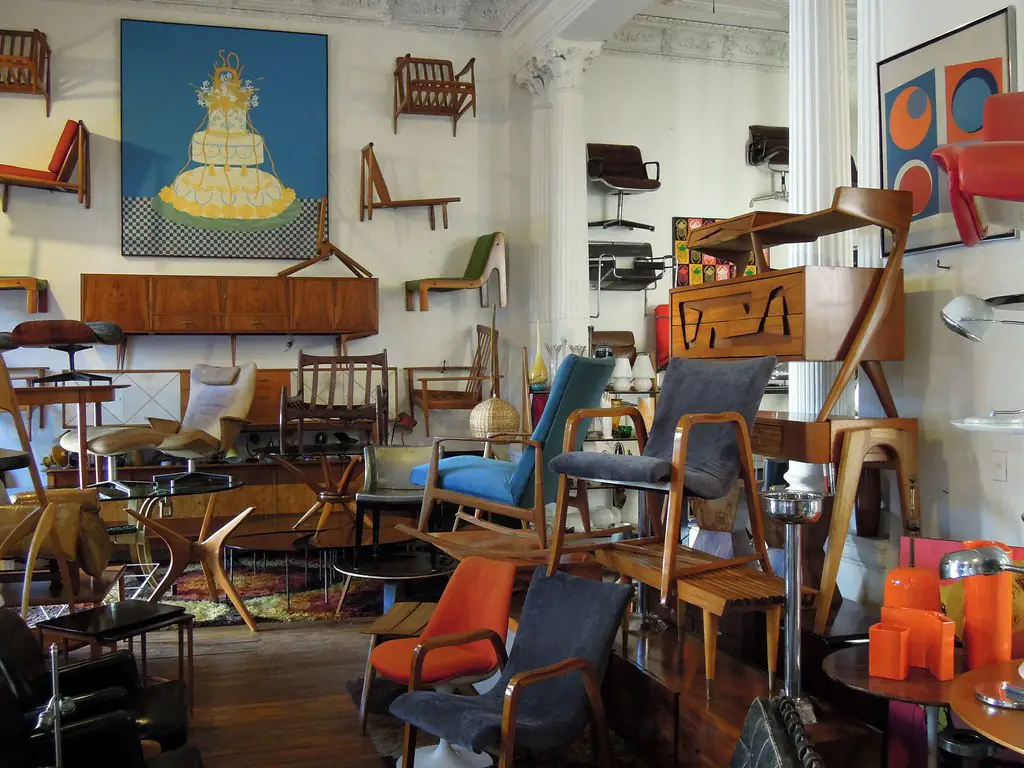
Some home goods retailers are moving beyond traditional shopping formats to create more experiential retail environments. This might include hosting workshops, design consultations, or even incorporating cafes or other interactive elements into their stores. This priority aims to create a destination that offers more than just products. Offering unique in-store experiences can drive foot traffic and build brand loyalty.
By creating a more engaging and interactive environment, retailers can foster a stronger connection with their customers. These experiences can also provide added value and differentiate the store from online-only competitors. The goal is to make shopping for home goods a more enjoyable and enriching experience.
